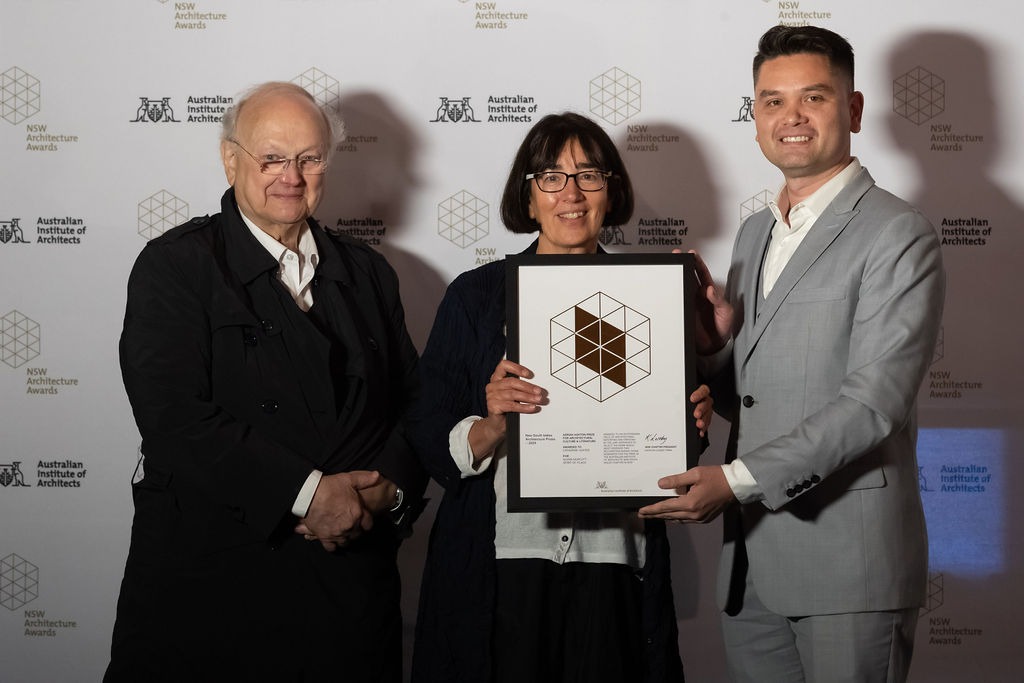Adrian Ashton Prize for architectural culture and literature
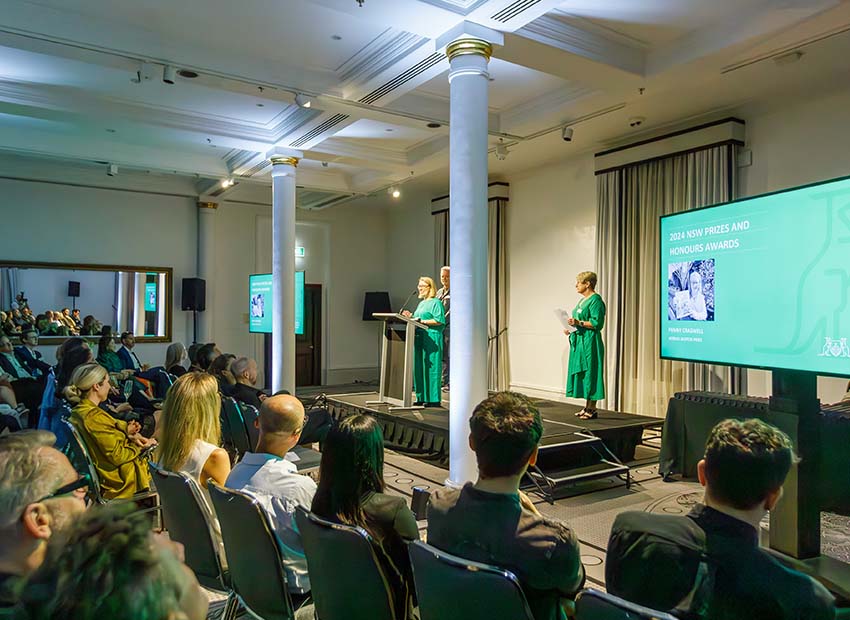
Adrian Ashton Prize for architectural culture and literature - WINNERS
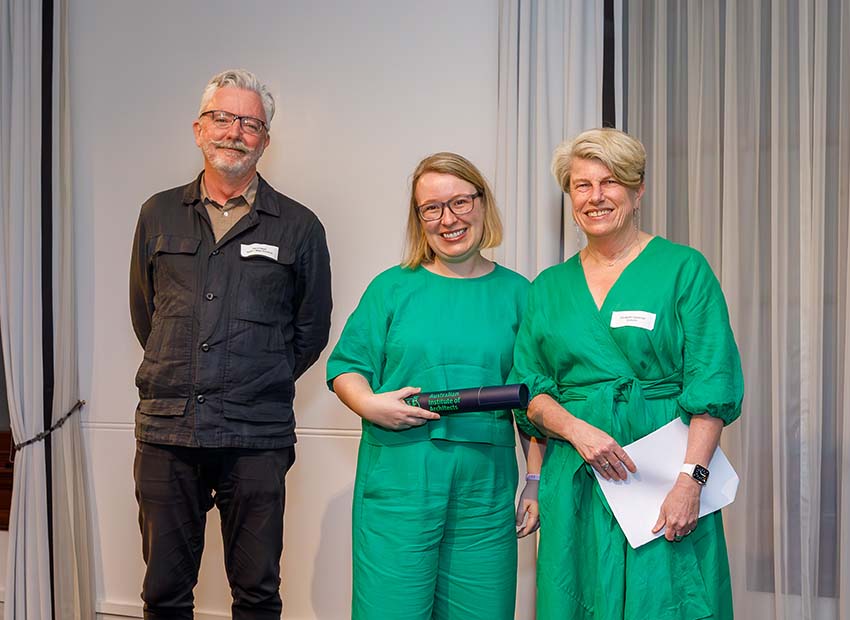
Adrian Ashton Prize – Award
PENNY CRASWELL | The New Sustainable House
Penny’s latest book is a considered, important and enjoyable curation of projects from across the world showcasing aspects of design and architecture that utilise approaches to technologies and materials that can make our houses more sustainable and environmentally friendly.
Presented without dogma, the techniques and approaches utilised in the projects presented show how sustainably-aware design doesn’t need to compromise a design approach, in a way that appeals to all levels of design literacy.
The New Sustainable House builds upon her work with previous publications as a next chapter in her research into workable, sustainable actions that truly reflect the oft counselled adage to “think globally act locally”.
Adrian Ashton Prize – Commendation
Karen McCartney | Architecture: 50 Years of Shaping How We Live
Working within a strict 1500–word limit, Karen’s article skillfully summarises an extensive topic into highly informative and engaging overview of the past 50 years of Australian architecture. The collection of architects and projects referenced is diverse and the imagery intertwined with text entices readers both professional and lay to learn more about these key moments in architectural history.
Adrian Ashton Prize – COMMENDATION
David Meagher | No Place Like Home
In the AFR’S annual design issue, David Meagher focuses on the Surry Hills house designed by Adam Haddow. Exploring Haddow’s position that small houses must surely be the way of the future, Meagher also discusses designs by Kerstin Thompson Architects and Brad Swartz. The resolution of Haddow’s tricky 30 metre site is fascinating but the article questions whether this inner urban project can really be a blueprint for solving our housing crisis. Instead, both Haddow and Thompson point to the need for high-density low-rise apartment buildings as a potential solution for the future. Meagher elegantly links a number of projects in a way that is both insightful and valuable.
ABOUT THE Adrian Ashton Prize
First introduced in 1986 as a biennial award, the Adrian Ashton Prize recognises an outstanding piece of architectural reporting and criticism. Open to journalists, editors, authors, producers and others reporting on architecture and design in NSW, the prize promotes quality communication, public engagement and high-quality debate. In 2016 the prize eligibility was broadened to incorporate books, design focused public events and expanded digital media.
find out more
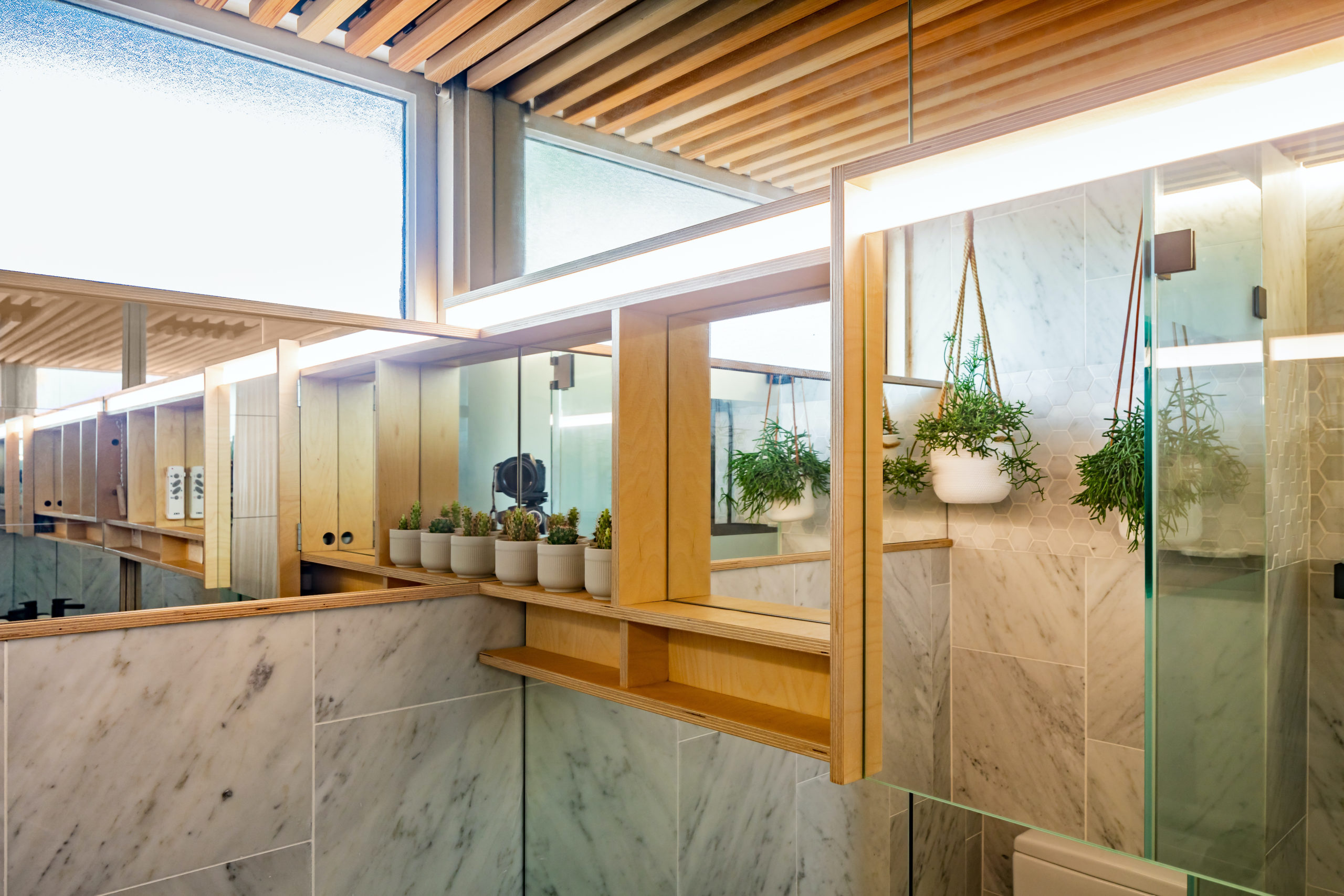
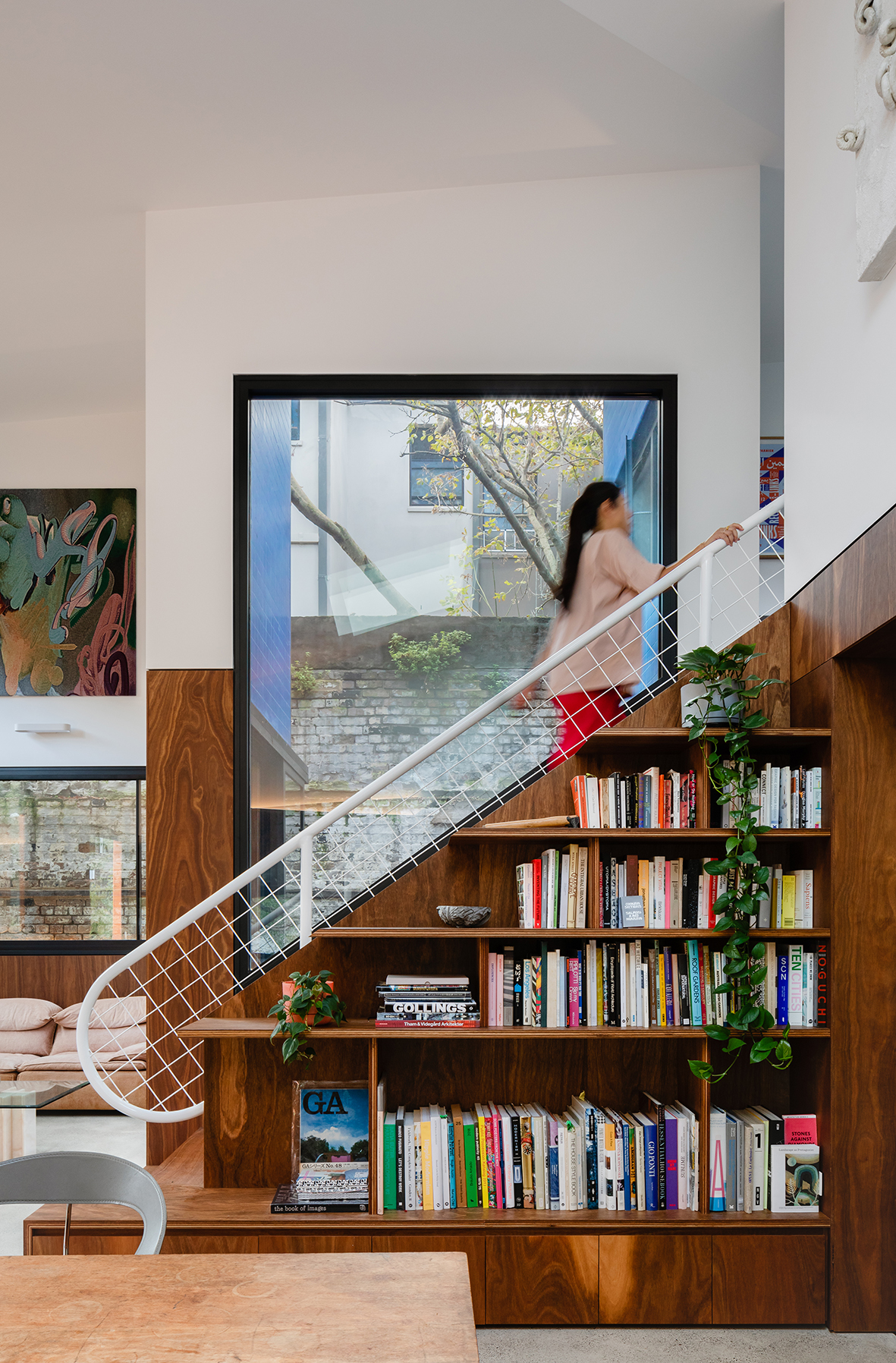
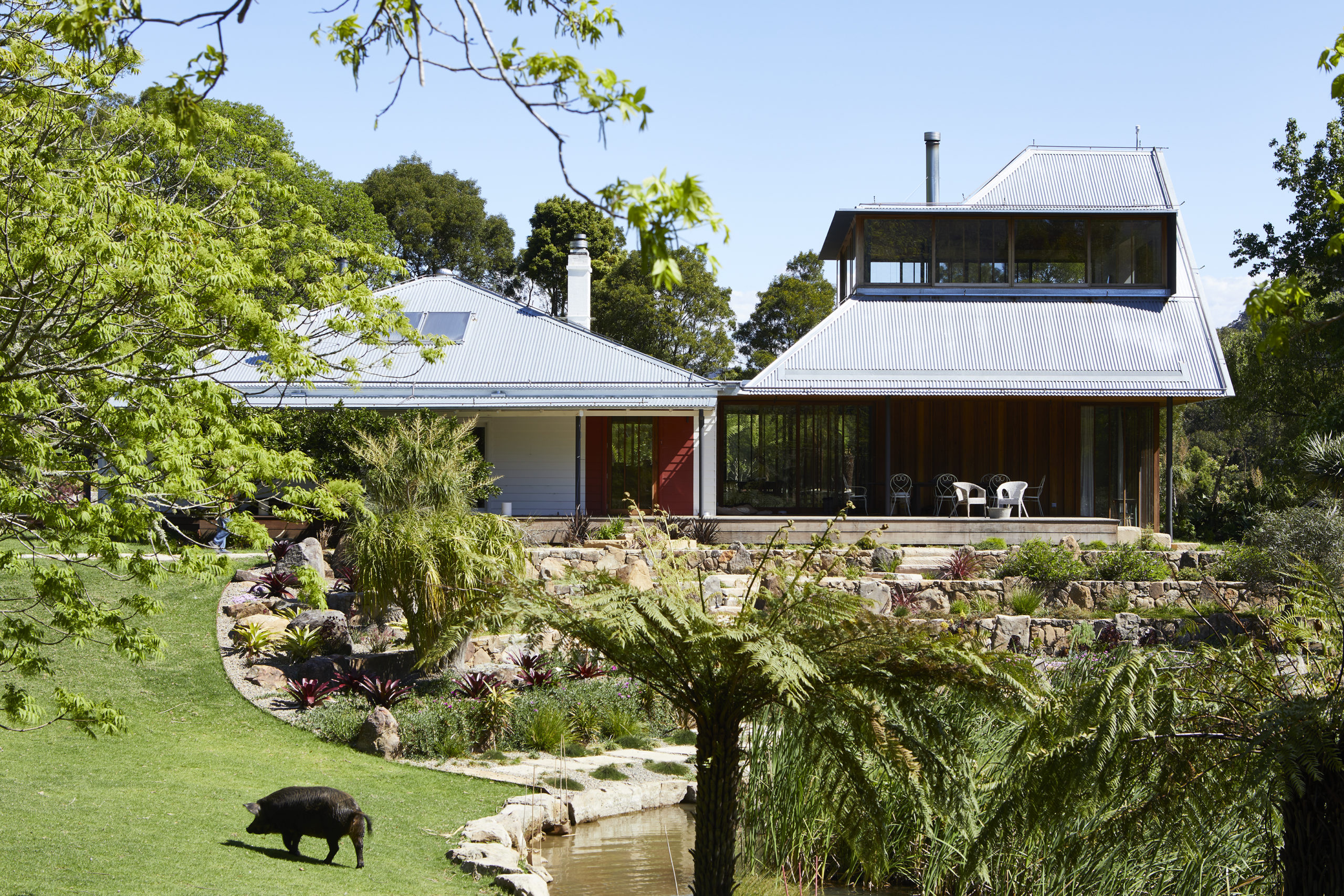

Background
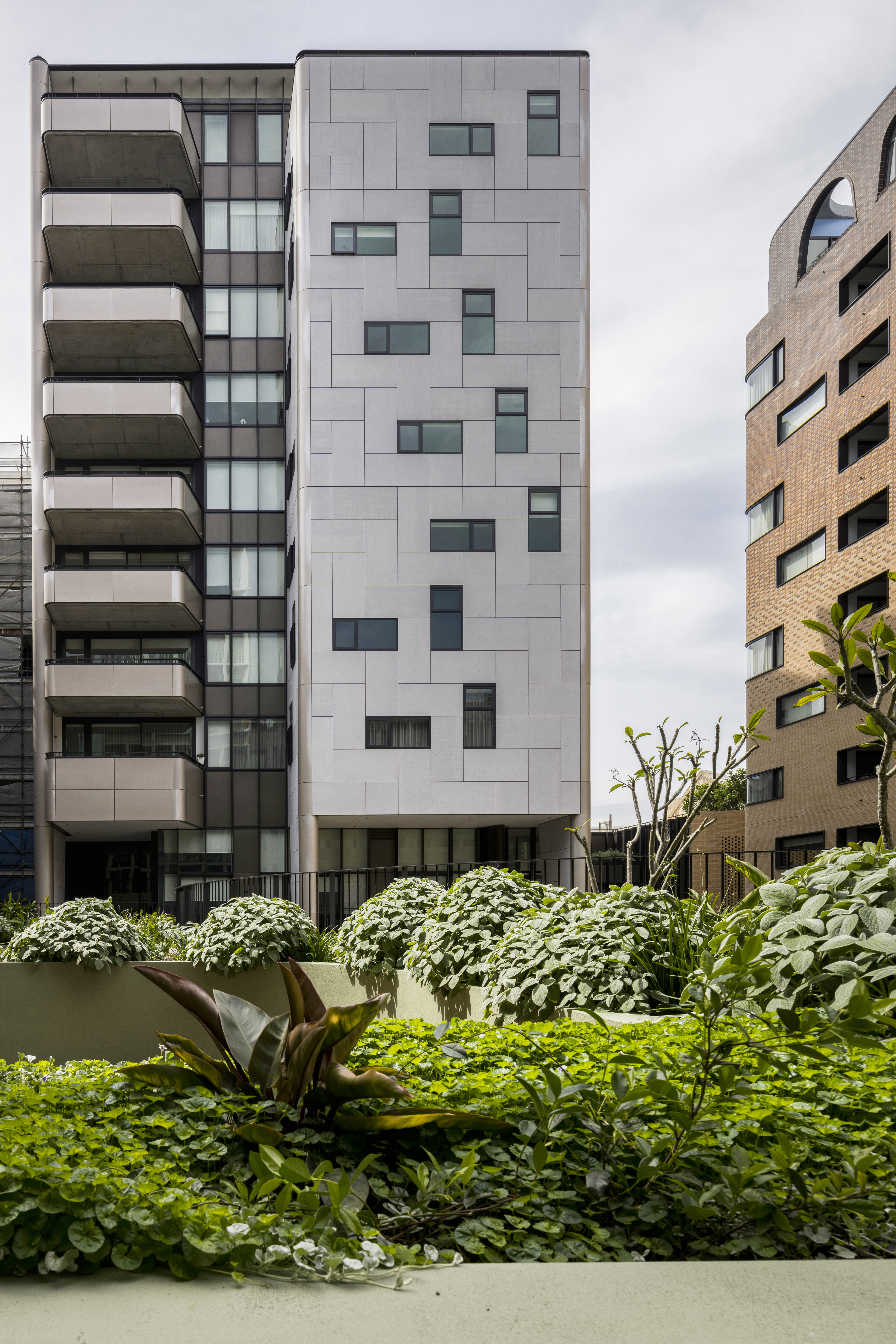
Purpose
The prize acknowledges the role and contribution of people who:
- bring architecture to the attention of the general public
- create awareness of architectural practice
- generate quality public debate about architectural issues and,
- provide information for relevant professionals and specialists in the areas of architecture, interior design and environmental design.
Adrian Ashton (1907 – 1982)
Adrian Ashton wrote for a number of architectural journals and was Managing Editor, Building Publishing Co. Pty. Ltd., publishers of architectural, building and engineering journals 1930 – 1967 including ‘Building’, ‘The Australian Engineer’, ‘Construction’. He was the Honorary Editor of the Chapter Bulletin for the Royal Australian Institute of Architects (NSW Chapter) from January 1943 until December 1953. From 1965 – 1972 he edited university publications and undertook public relations work as public information officer at the University of New South Wales.
Ashton was a fellow of the Royal Institute of British Architects and life fellow of the Royal Australian Institute of Architects having been a Councillor (1943 – 1952), President (1948 -1950) & member of the Board of Architectural Education of the NSW Chapter. In 1964 he was awarded a C.B.E. for Services to Architecture. His involvement in architecture and his deep love of old buildings lead him to found the NSW Branch of the National Trust in 1948 and become the first president.
Judging
Evaluation criteria
- The submission should provoke active discussion, incite informed responses and challenge public perception about the work of architects, interior designers, urban and environmental designers, both in the built and unbuilt environment.
- The submission should reflect an intelligent, balanced yet critical, well-reasoned and evocative view of the subject under discussion. This may well include the author/organiser’s passionate expression or opinion but this should be clearly differentiated.
- The submission should demonstrate the author/organiser’s awareness of architecture’s social and educational context.
- Coherence of visual, written or spoken commentary is essential.
- The submission must reflect standards of excellence expected of the participating media. It should be well designed and well written in plain English to easily communicate with economy, imagination and coherence.
Conditions for award
The Jury may decide, entirely at its discretion, to offer one or more awards that recognise excellence. They may also choose not to award in any year.
Jury composition
- Chair of Editorial Committee or a nominated representative
- Chapter President or a nominated representative
- A previous Prize recipient
- A media representative/journalist
- Additional jurors may be invited
2024 Jury – TBA
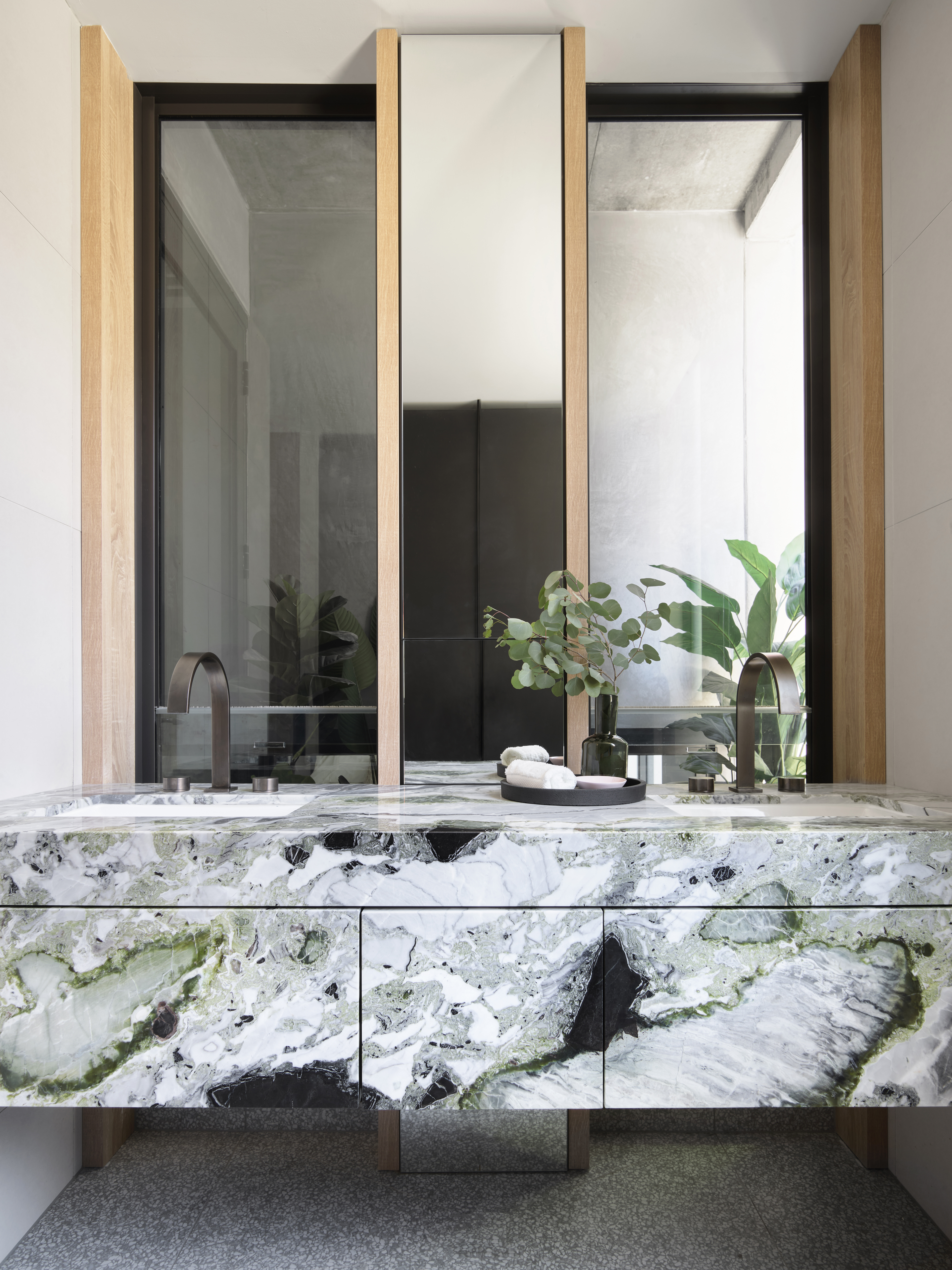
How to enter
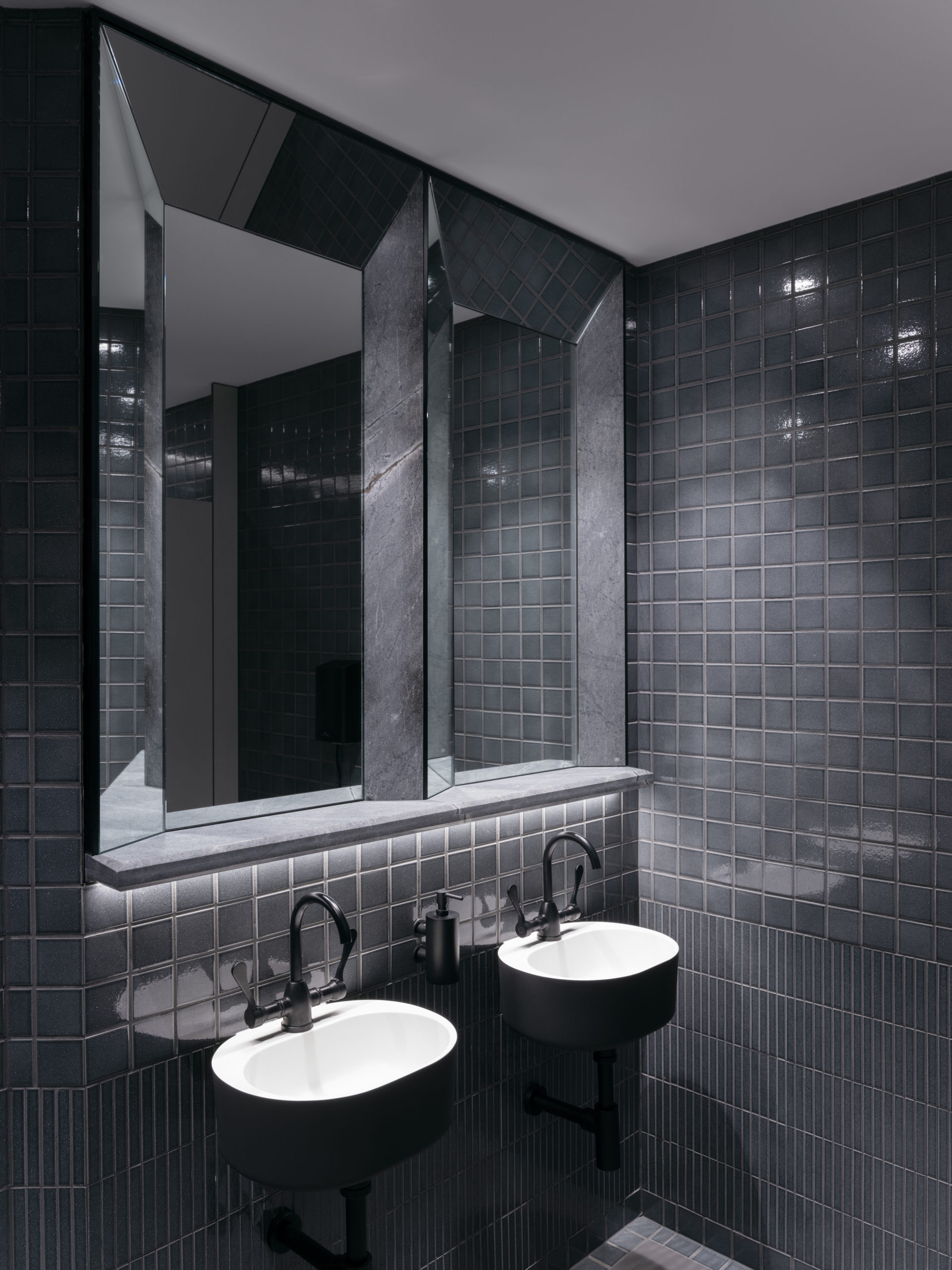
Eligibility & conditions of entry
Open to journalists, editors, authors, producers and others reporting on architecture and design in NSW, the Prize accepts entries from electronic, print, specialist, popular and online media, as well as specialist architectural and design focused public events. Submissions in 2024 should have been broadcast, published, circulated, or have occurred in New South Wales between 20 October 2022 – 6 October 2024.
To be eligible, submissions need to have been:
- written or produced by a resident of New South Wales, or
- circulated, or occured in New South Wales, or
- about an architectural topic relevant to New South Wales.
Key dates
Opens: Monday, 6 May 2024
Closes: Monday, 6 October 2024 11.59pm (AEST)
Submissions for the 2024 Adrian Ashton Prize are open — apply here.
Submission requirements
To enter you will need:
- Details of the submission including author, contributor and publisher details;
- Confirmation you are the author/owner of the work, and/or have authorisation from the owner to submit;
- Hard or digital copies of the entry or associated materials available; and
- All materials must be converted into electronic format and submitted via the online platform.
Contact
For more information regarding this prize, please email peter.fry@architecture.com.au
2022 Adrian Ashton Prize Winner
Guillermo Fernández-Abascal and Hamish McIntosh with Jordan Bamford, Jack Cooper, Christopher Kerr, Billy McQueenie and Nyoah Rosmarin Regional Bureaucracy
The design process is often about collecting and drawing on precedents, and Regional Bureaucracy reminds us that we need not look further than our own backyard for some examples of exceptional architecture.
Regional Bureaucracy is a comprehensive and integral archive of the Government Architects Office’s regional projects between 1958 to 1988, compiled in collaboration between students, tutors, and architects.
This publication creates an important link between past and future architects and design practitioners, as evidenced in the interviews between past and present Government Architects such as Abbie Galvin and Beverley Garlick.
Beautifully presented, each project description is accompanied by photographs taken by Rory Gardiner and Hamish McIntosh, architectural drawings, details, and anecdotes.
Documentation of impressive empirical research in the form of many site visits, delving into the often obscure Government Architects Office archive, and sometimes redrawing details gives respect and life to some oft-forgotten buildings. Regional Bureaucracy forms a canon of undeniably ‘Australian’ architecture.
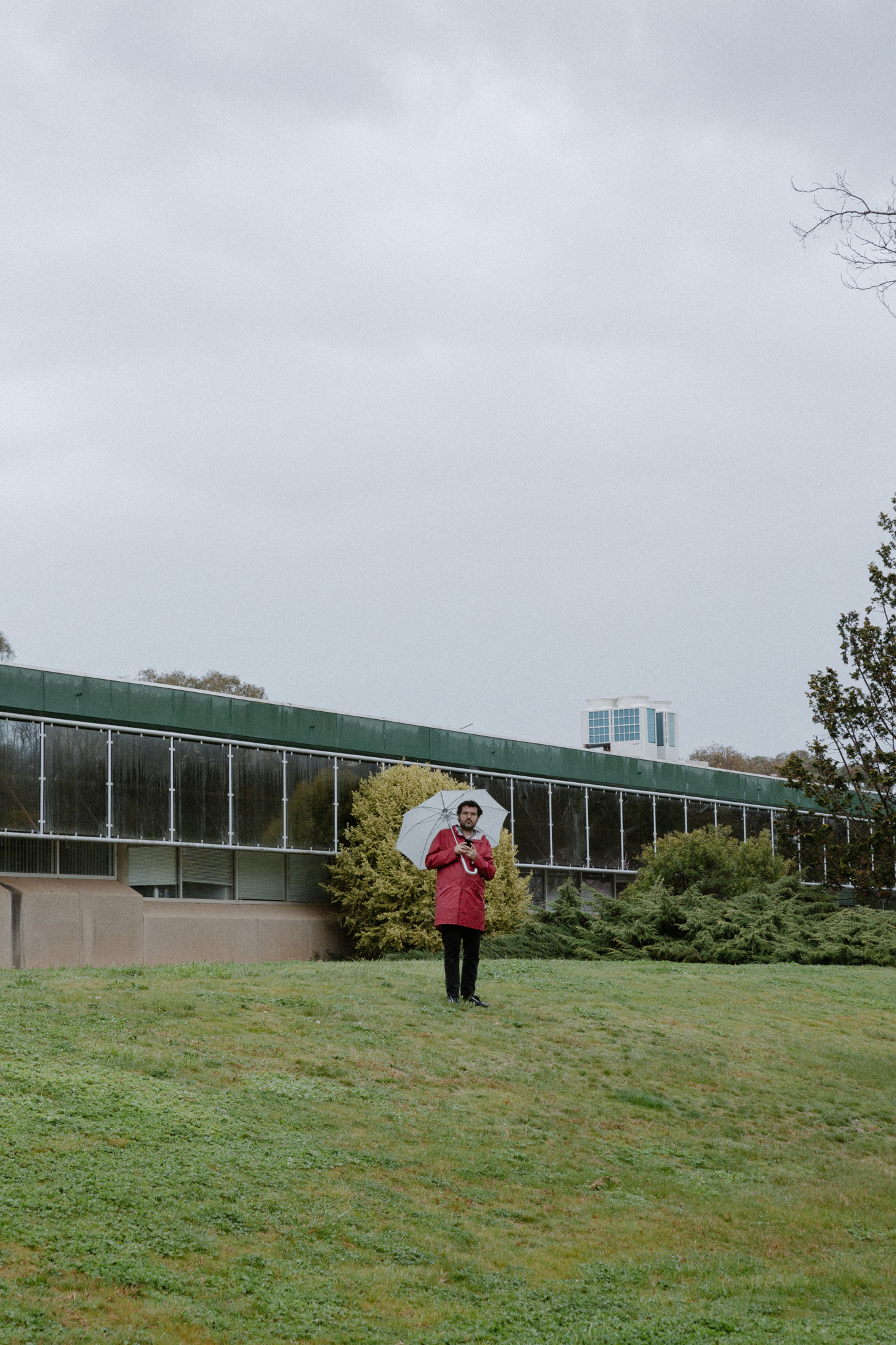
2022 Adrian Ashton Prize Winner
Catherine Hunter & Bruce Inglis The Cobar Sound Chapel
In an exceptionally produced piece by Catherine and Bruce for Compass, the story and success of the Cobar Sound Chapel is told through interviews with the client, consultants, contractors, and community members who brought this project to life.
The Cobar Sound Chapel is a permanent sound art installation in Central Western, New South Wales.
Interviews with the client, sound artist Georges and architect Glenn Murcutt, are refreshingly complemented by a broad range of voices that have embraced the project wholeheartedly. From the musicians, who helped compose the exhibited sound piece, to the late former Mayor of Cobar, Lilliane Brady OAM; their relationship with the project is told against the backdrop of Cobar, the visually stunning lands of the Ngiyampaa Wangaaypuwan people.
Well-rounded storytelling brings this small but beautiful project to a broad audience to demonstrate how joy and emotion can be embedded into architecture.
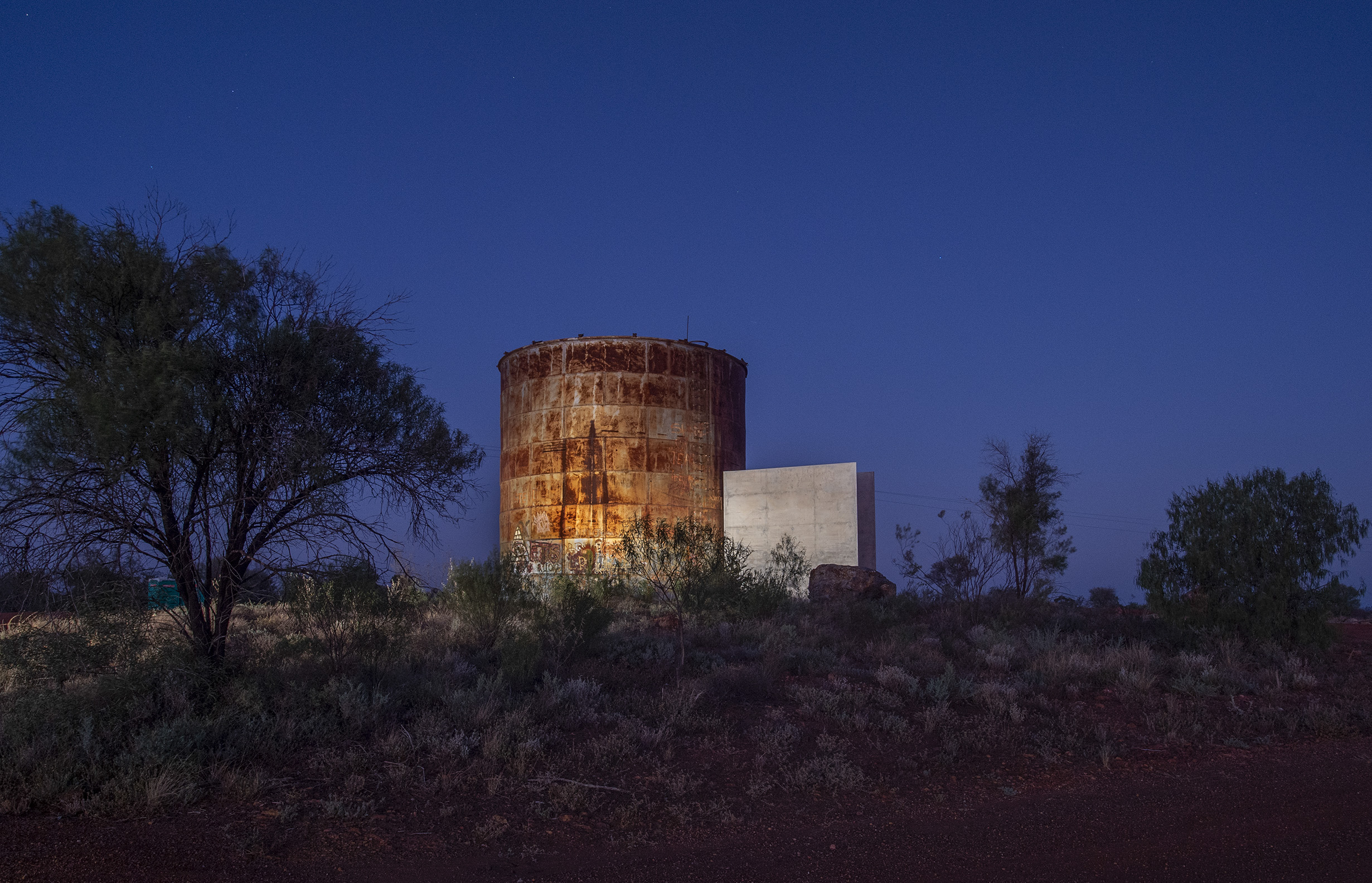
2022 Adrian Ashton Prize Commendation
Peter Lonergan Bill Lucas: Architect Utopian
Peter and Julie Cracknell have honoured their longtime friend and collaborator, Bill Lucas, by finishing what he started – producing and exhibiting the archive of Lucas’ life’s works that he has been constructing and reconstructing since 1975.
They have provided an invaluable resource for architects, both current and future, in displaying Lucas’ development of style over his career, his moral compass, and a propensity to take on smaller-scale projects that he knew would make a difference in communities all over Sydney.
There is deep respect and understanding about how Lucas’ work should be both written about and experienced. The success of this is seen in the photographs of the exhibit, with visitors leaning over the tables to closely inspect the collection of orthographic drawings and hand sketches and reading about his unique approach to projects and dedication to our profession.
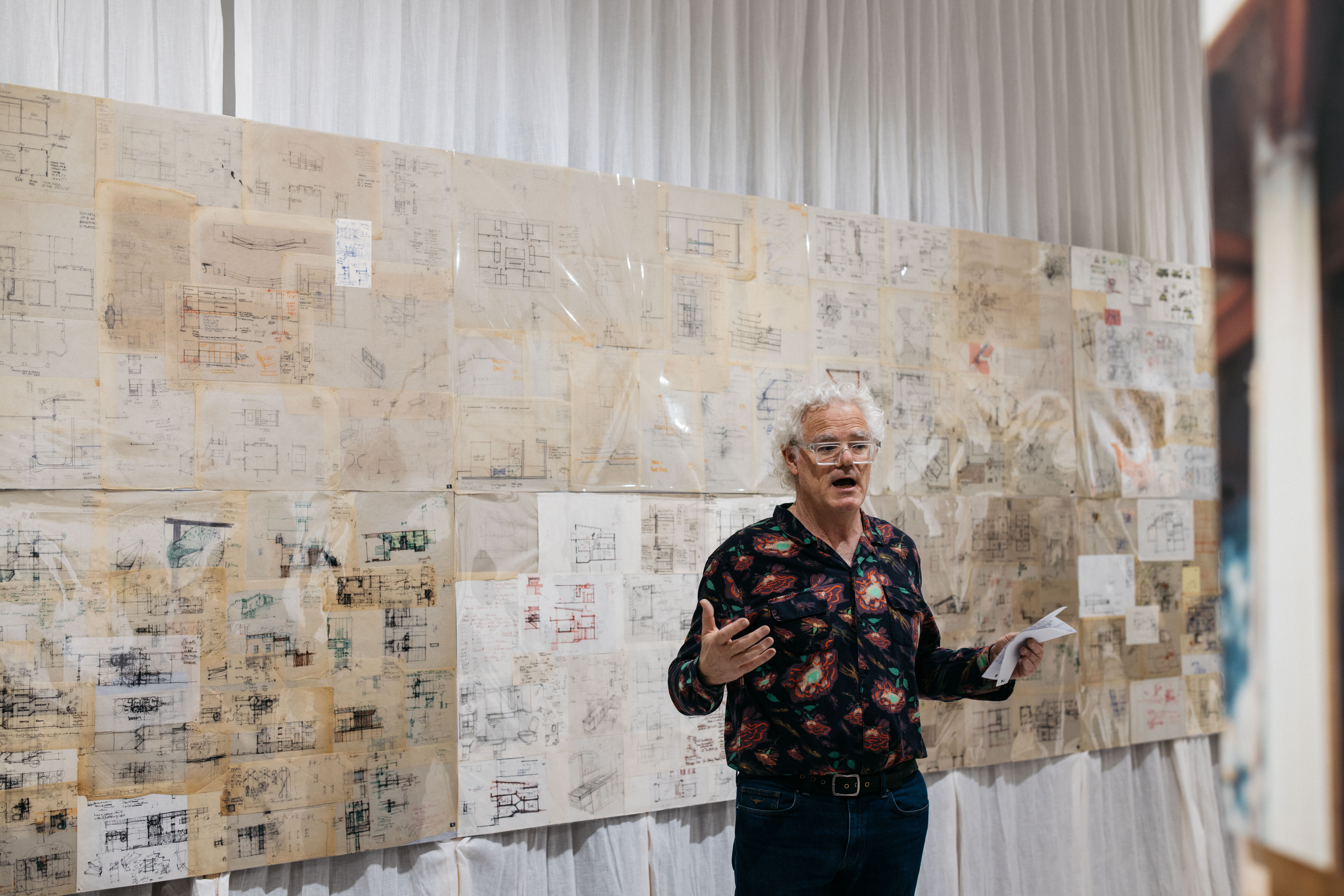
2022 Adrian Ashton Prize Commendation
Julie Power Modern cities like Sydney becoming 'ghettos of rich people', architects warn
The jury awards a commendation to Julie for her ongoing contribution to the architectural and planning discourse, primarily through writing in the Sydney Morning Herald, which asks us to consider what type of city and society we want to live in.
The value of Power’s contribution is evidenced in the article Modern cities like Sydney becoming ‘ghettos of rich people’, architects warn. The article interviews Pritzker Prize-winning architects Anne Lacaton and Jean-Philippe Vassal, and Power has shown us there is another way to build and make our cities over time. The writing invites us to consider an alternative process of making our city – one that never demolishes or destroys, not even a tree which is a radical counterpoint to the status quo.
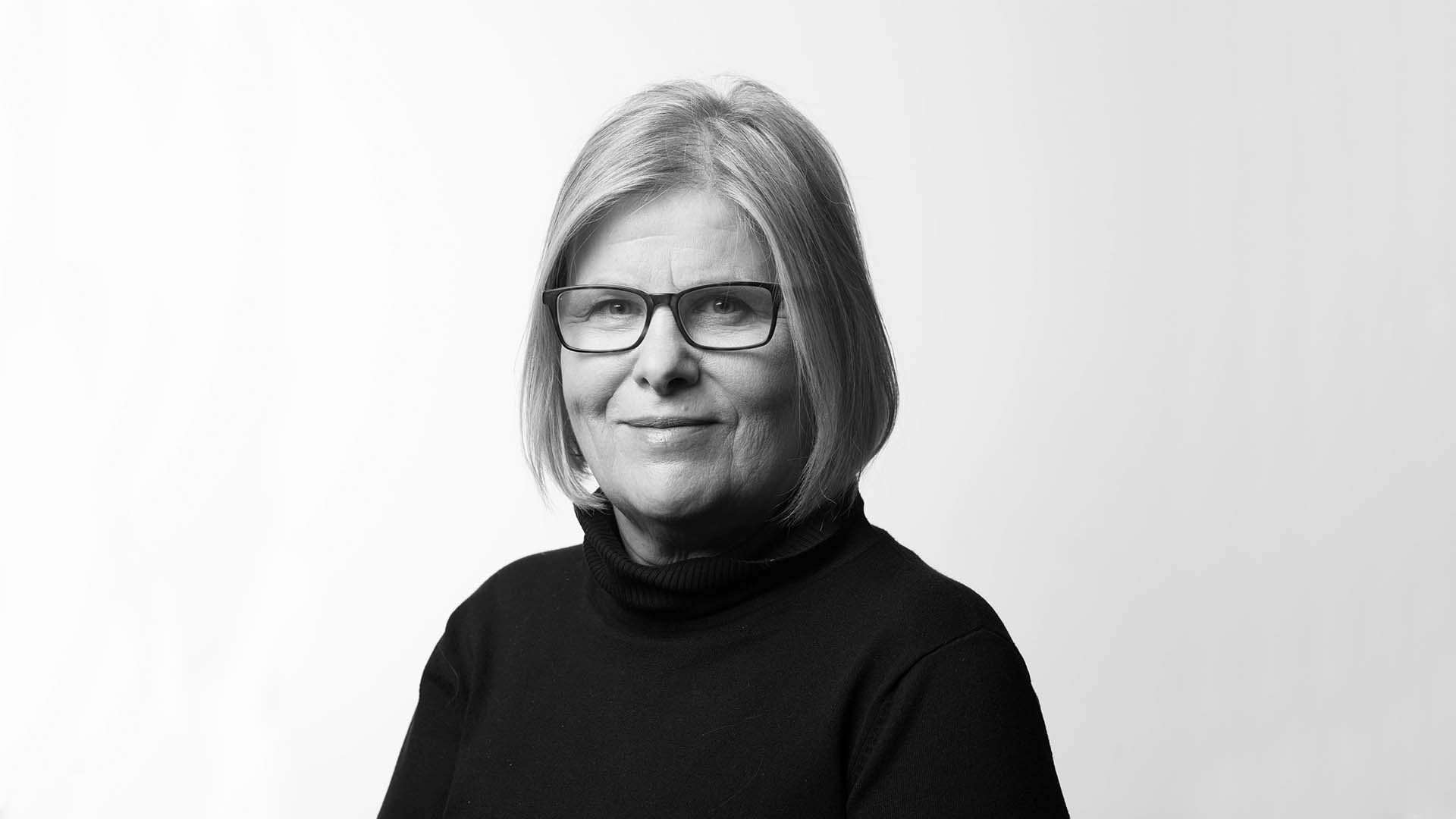
2020 Adrian Ashton Prize Winner
John Dunn, Ben Peake and Amiera Piscopo Sirius
The battle to retain the Sirius building by Tao Gofers has been one of the most important causes taken up by the NSW architecture profession in recent memory, notable for a profession that is often rather tame politically. It is a battle for everything architecture should be about—the design of good buildings that ennoble the lives of their occupants, certainly, but also a forceful promotion of the public good in every sense, defined over a long term perspective, cognisant of what is fair and just, of what deserves preservation.
Documenting this battle is critical to ensuring that its lessons continue to be heeded, not only by ourselves, but also by the community organisations who continue to face similar confrontations, and by governments who we hope will be more circumspect in the future.
The book Sirius by John Dunn, Ben Peake and Amiera Piscopo, while undoubtedly written to articulate the case for the affirmative to stakeholders in the present, also proves equal to the task of detailing this argument for future audiences, adding another layer to the legacy of the building. Sirius efficiently captures so many dimensions of this fraught history, moving from the architectural to the social, the scale of the room to the impact on the city, the politics of the past and the present, intimate portraits of the people for whom all of this has been for, and a frank account of the administration that has failed them. With this book, we are closer to ensuring this does not happen again.
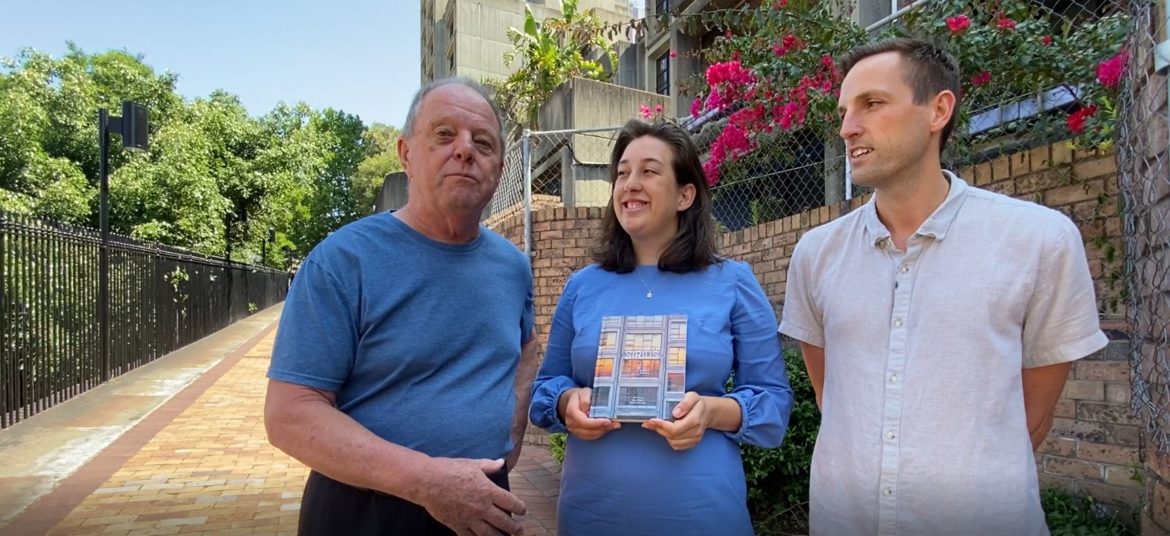
2020 Adrian Ashton Prize Commendation
Michael Bleby House Rules
Michael Bleby is one of the few journalists writing for the mainstream press who is interested in architecture and architectural issues. His writing is well researched, well written and brings a perspective to architecture that brings it out of the colour magazine and in amongst genuine news articles—giving it a rightful place within our public debates.
‘House Rules’ (The Australian Financial Review Magazine, 6 April 2018) brings to our attention the story behind the creation of one of this country’s most important modern pieces of architecture—Parliament House in Canberra. He highlights a critically important gap in the stewardship of this national architectural asset, and how politicians, not architects or experts, are responsible for decisions regarding changes—both big and small, permanent or temporary. Changes will always be necessary as needs change and all assets need to remain relevant. However, Michael Bleby opens up a larger debate around the management and respect of national assets, like Parliament House, the Sydney Opera House and others, that is timely and necessary.

2020 Adrian Ashton Prize Commendation
Tim Ross Designing a Legacy
Designing a Legacy, the hybrid show by comedian and design enthusiast Tim Ross, expands the boundaries of architectural storytelling. Presented live, with his signature zeal for residential architecture, Ross shares a series of short films, each providing an intimate history of an Australian mid-century house.
In Designing a Legacy, Ross has allowed the houses and the people who live in them to take centre stage. Told from the perspective of both owners and architects—alongside archival footage, photographs, and subtle interjections from Ross—each film is compelling in its own right. As a whole, Designing a Legacy shares the deeply personal stories embedded in residential architecture and establishes the resounding significance of these homes, and others like them to a broad audience.

2019 Adrian Ashton Prize Winner
Catherine Hunter
The documentary ‘Glenn Murcutt: Spirit of Place’, traces the construction of the Australian Islamic Centre in Newport, Victoria – possibly Murcutt’s most important public building to date – alongside reflections on his overall body of work by leading architects and critics including Haig Beck, Keith Cottier, Norman Foster, Frank Gehry and Françoise Fromonot. This work adds another valuable record to the documentation of Australia’s only Pritzker Prize winning career to date.
More importantly, Hunter shows us an Islamic community in an evolving industrial suburb of Melbourne, who might otherwise have been considered a marginalised voice in a marginalised place, invoking its agency to take control of the narrative that has built up around it, and seeking to prove that it is just as much an Australian community — an active and integral participant, inclusive and embracing — as any other in our society.
Hunter’s work does so by deploying architecture to evoke these values and embody this openness, thus demonstrating even to architects the power of our own practice and product. The community’s struggles — with budget and time overruns, with wet weather, with self-doubt and weakening morale — is not brushed over but shown ultimately as part of the reward of the process.
By reaching out to a broad television audience, ‘Glenn Murcutt: Spirit of Place’ does not simply exhibit architecture to passive viewers, but captures the act of one section of the Australian public speaking to the whole — a dialogue spoken through the medium of architecture, and documented through the medium of film, arguably the best available medium for the task.
